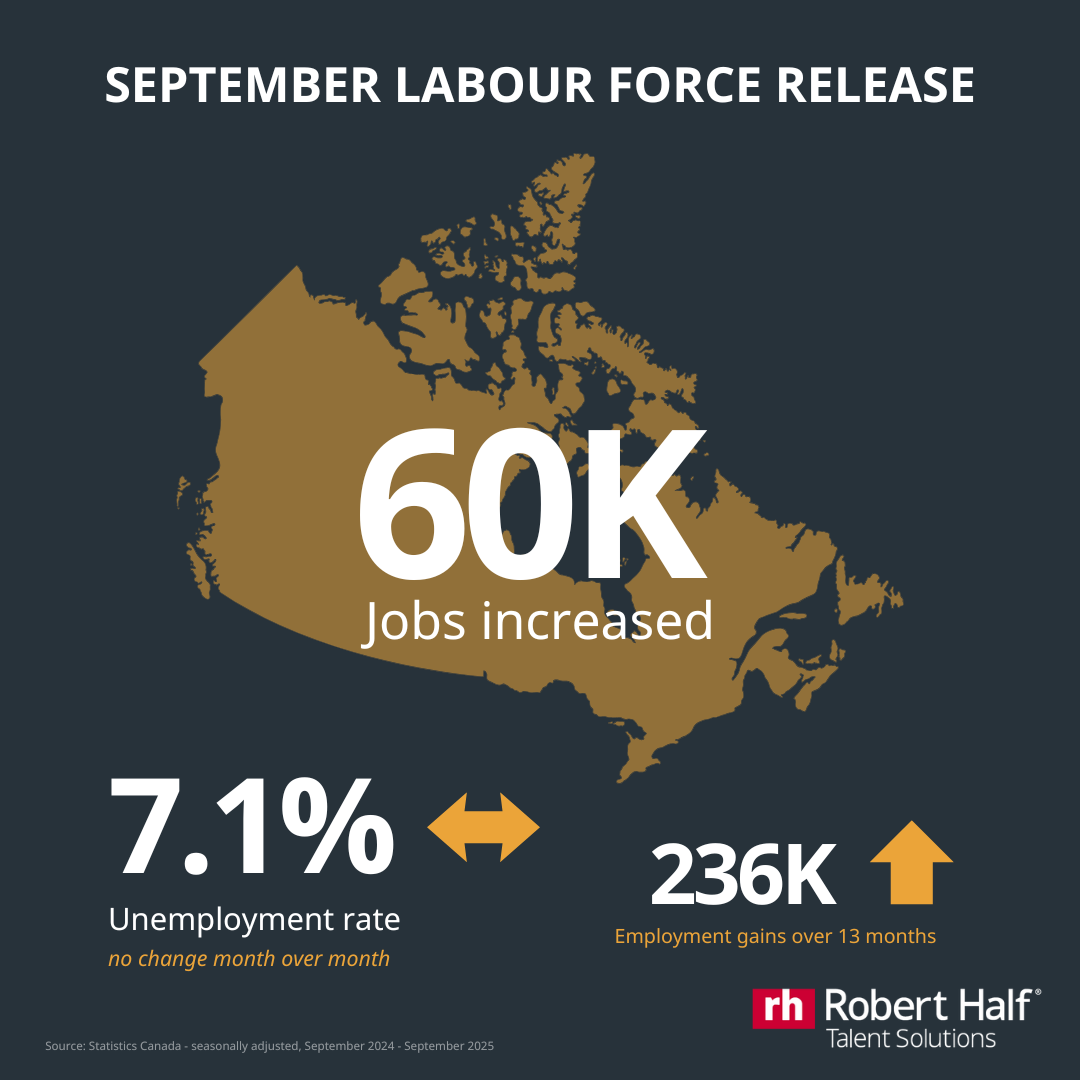Job gains and losses in September 2025
Employment trends in September 2025 showed a mixed picture across major industries, contrasting with the softening seen in previous months. The largest gains were concentrated in goods-producing and public-facing sectors:
Manufacturing saw a significant rebound, increasing by 28,000 jobs (+1.5 per cent from August) its first increase since January.
Health care and social assistance added 14,000 jobs (+0.5 per cent from August).
Agriculture also posted a notable gain, rising by 13,000 (+6.1 per cent from August).
On the other hand, the largest decline was recorded in Wholesale and retail trade, which shed 21,000 jobs (-0.7 per cent from August). These shifts suggest that the labour market adjustments are continuing, with resilience returning to areas like manufacturing and consumer-facing sectors face ongoing pressures.
Other industries that reported job gains in September 2025, according to Statistics Canada, include:
Other services*: +12,100 (+1.6 per cent)
Professional, scientific and technical services: +9,400 (+0.5 per cent)
Finance, insurance, real estate, rental and leasing: +8,500 (+0.6 per cent)
Accommodation and food services: +7,500 (+0.6 per cent)
Natural resources: +7,100 (+2.2 per cent)
Public administration: +3,400 (+0.3 per cent)
Utilities: +2,000 (+1.2 per cent)
*‘Other services’ includes businesses and organizations providing services not covered by other sectors.
Percentages above represent MoM change
While employment grew nationally in September 2025, several key sectors still saw job losses. The largest decline was recorded in Wholesale and retail trade, which shed 20,800 jobs (-0.7 per cent from August). Modest but notable losses were also seen in the Construction sector, down 8,200 jobs (-0.5 per cent from August) and Transportation and warehousing with a decline of 7,400 jobs (-0.7 per cent from August). These ongoing reductions in goods-handling and trade-related industries suggest continued pressure points in the Canadian economy, partially moderating the strong gains seen elsewhere in the labour market.

